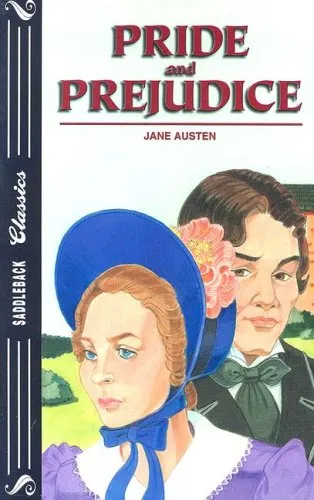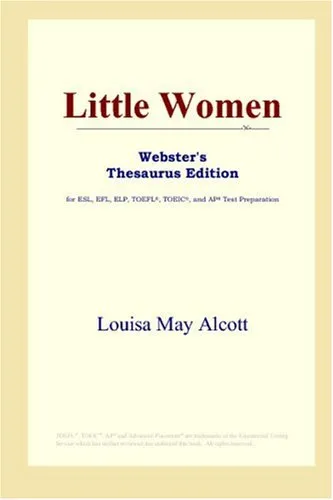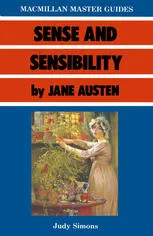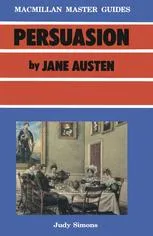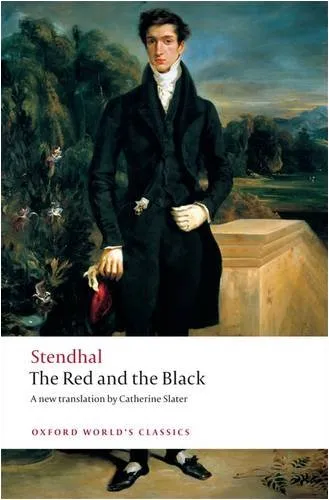Pride and Prejudice by Jane Austen
4.7
Reviews from our users

You Can Ask your questions from this book's AI after Login
Each download or ask from book AI costs 2 points. To earn more free points, please visit the Points Guide Page and complete some valuable actions.Related Refrences:
Introduction to "Pride and Prejudice" by Jane Austen
"Pride and Prejudice" is a literary masterpiece authored by Jane Austen, first published in 1813. The novel is renowned for its insightful exploration of character, societal norms, and the complexities of human relationships. Set in the Regency Era, this timeless classic remains incredibly popular, offering a sharp commentary on class and morality. This introduction will delve into a detailed summary of the book, highlight key takeaways, present famous quotes, and discuss why this book remains significant in contemporary literature.
Summary of the Book
"Pride and Prejudice" centers around the spirited Elizabeth Bennet, one of five sisters in the Bennet family, living in the countryside of England. The novel opens in the Bennet household, where the arrival of the wealthy bachelor Charles Bingley and his friend, Fitzwilliam Darcy, stirs excitement. Elizabeth’s mother, Mrs. Bennet, is determined to see her daughters marry well, given the family's modest means and the entailment of their estate to a male heir.
Elizabeth quickly becomes involved in the social circles of Bingley and Darcy. Initially, she finds Darcy prideful and arrogant, while Bingley appears kind-natured and charmed by Elizabeth’s sister, Jane. As the story unfolds, misunderstandings and judgments color Elizabeth’s view of Darcy, whose reserved nature conceals a complex character.
Through a series of social events and misunderstandings, Elizabeth and Darcy's perceptions of each other evolve. Darcy eventually proposes to Elizabeth in a conceited manner, which she rejects, stung by his interference in her sister’s relationship with Bingley and his perceived role in the disgrace of her family.
As events unfold, Darcy’s actions begin to reveal a more genuine and magnanimous nature. He aids in resolving a family scandal involving Elizabeth’s youngest sister, Lydia. Simultaneously, Elizabeth’s understanding of Darcy matures, leading to a gradual reconciliation. The novel culminates in a renewed proposal, this time accepted, and a celebration of mutual respect and love overcoming societal barriers.
Key Takeaways
- The complexity of relationships is influenced by societal expectations and personal misunderstandings.
- The dangers of pride and prejudice, both personally and socially, and the importance of empathy and understanding.
- Social class and marriage in the Regency Era offer a rich context for examining individual agency and societal pressures.
- Personal growth, honesty, and integrity are fundamental to developing meaningful relationships.
Famous Quotes from the Book
"It is a truth universally acknowledged, that a single man in possession of a good fortune, must be in want of a wife."
"Vanity and pride are different things, though the words are often used synonymously."
"In vain I have struggled. It will not do. My feelings will not be repressed. You must allow me to tell you how ardently I admire and love you."
Why This Book Matters
"Pride and Prejudice" continues to resonate with readers due to its timeless themes and Austen’s sharp, often satirical, prose. The novel expertly critiques the class system of early 19th-century England and remains a poignant reflection on personal and societal change. Austen’s exploration of pride, prejudice, and the transformative power of love and understanding holds enduring relevance.
In present times, when discussions of gender roles and social hierarchies persist, "Pride and Prejudice" offers insightful commentary. Its focus on personal growth and authentic connection transcends its historical setting, making it valuable for readers seeking both entertainment and philosophical reflection.
Free Direct Download
You Can Download this book after Login
Accessing books through legal platforms and public libraries not only supports the rights of authors and publishers but also contributes to the sustainability of reading culture. Before downloading, please take a moment to consider these options.
Find this book on other platforms:
WorldCat helps you find books in libraries worldwide.
See ratings, reviews, and discussions on Goodreads.
Find and buy rare or used books on AbeBooks.
1481
بازدید4.7
امتیاز0
نظر98%
رضایتReviews:
4.7
Based on 0 users review
Questions & Answers
Ask questions about this book or help others by answering
No questions yet. Be the first to ask!

